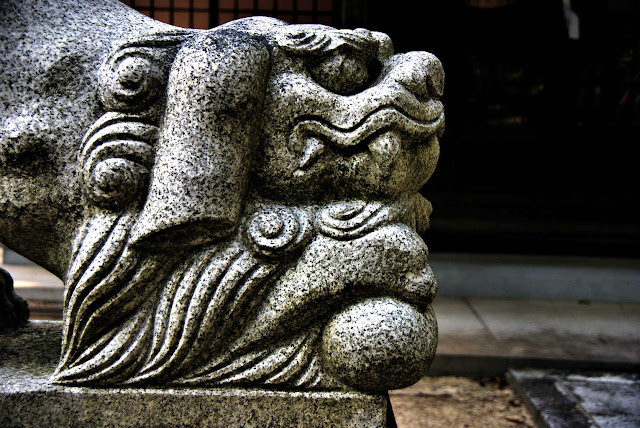The Hiroshima Peace Memorial Museum and Park was completed in 1955 following a competition to find a design in 1949. It was designed by Kenzo Tange, and brought him to international recognition.
It is generally considered to be the first Modernist piece of architecture in Japan and is considered the birth of post-war architecture.
The park and structures are laid out along an axis that points directly to what is now referred to as the A Bomb Dome, the ruin that stands at the epicenter of the blast.
One of the focal points is the Peace Flame located at the Cenotaph.
Since its original building in 1955 many new structures and monuments have been constructed in the park. In 1994 the Tange designed Memorial Hall was added.































